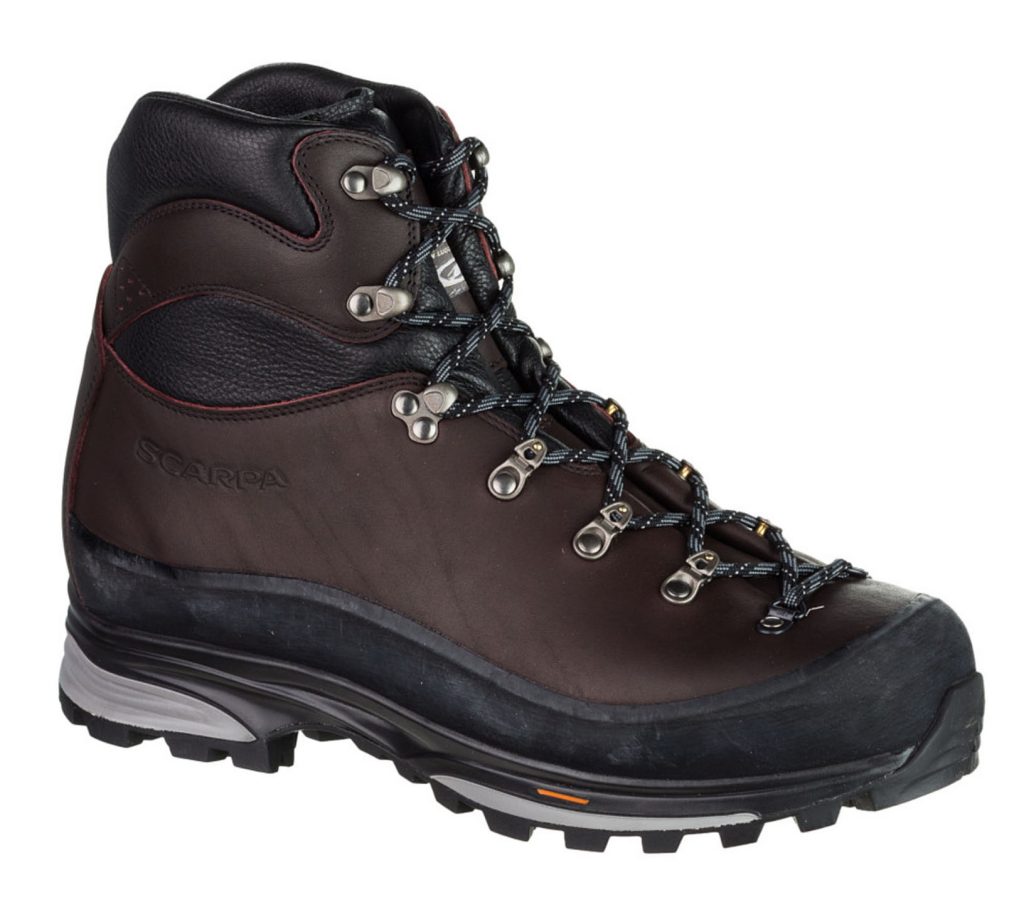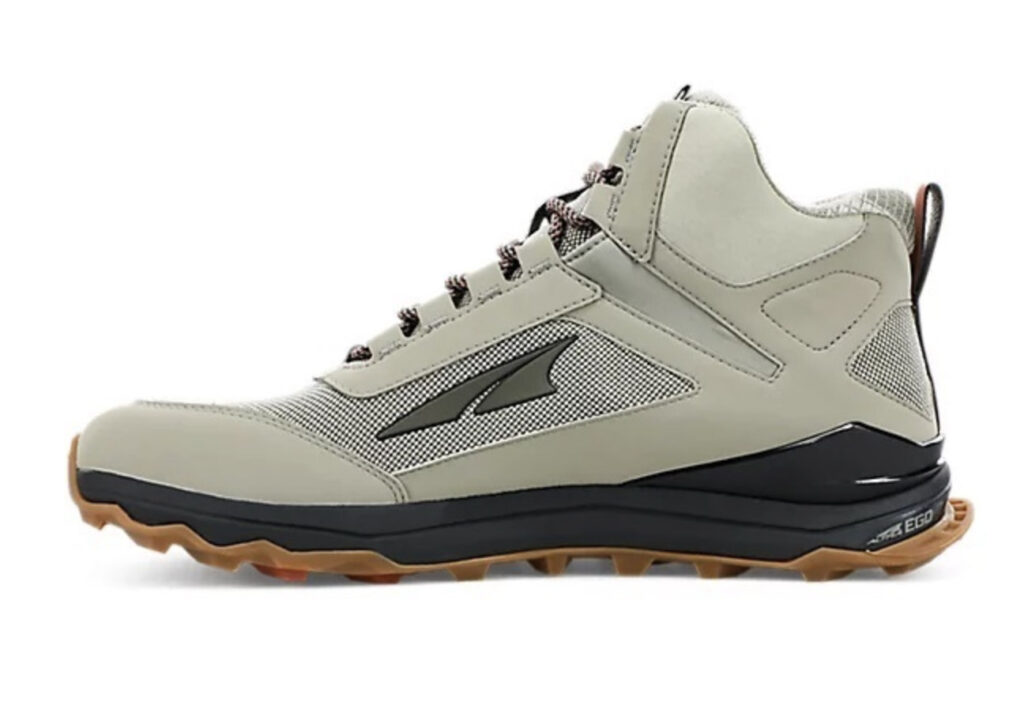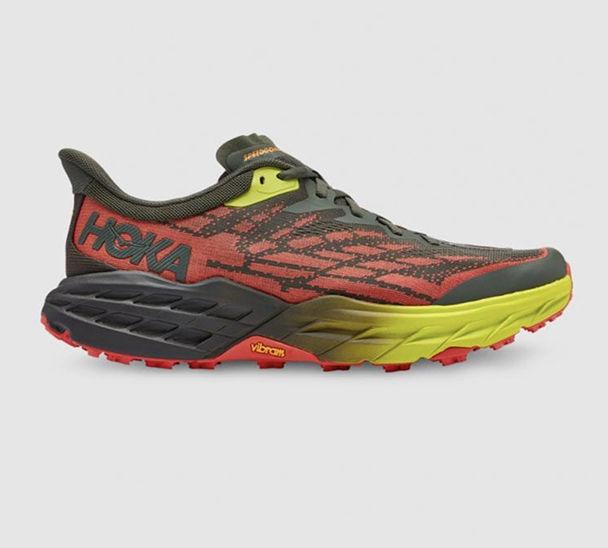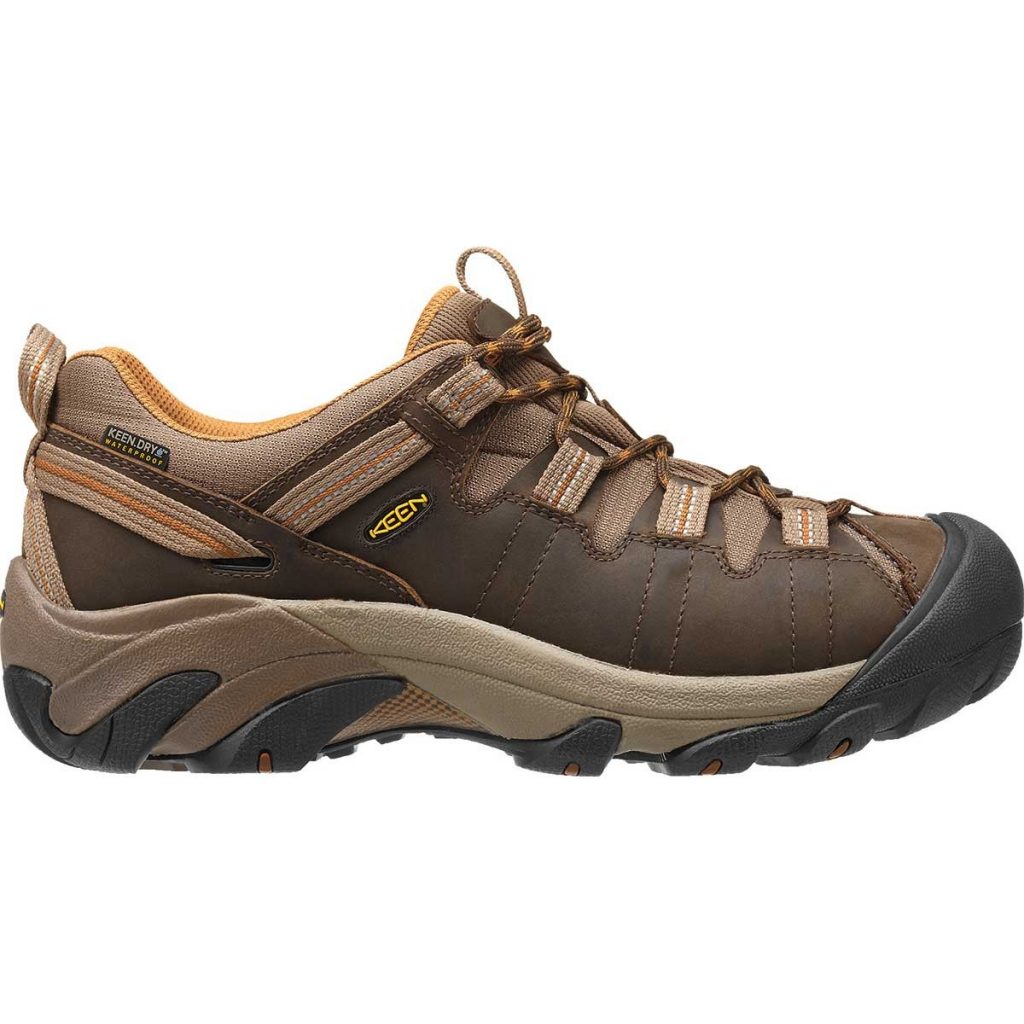Boots versus Trail Runners
The never ending debate
Without a doubt one of the the most common discussions I hear in hiking circles both on-trail as well as in online forums is what type of footwear should I be wearing? While this discussion includes questions around footwear brands, by far the most common discussion is should I be wearing trail runners or should I be wearing boots?
In the past the response to this question would have been a shorter and simpler discussion but these days with such a huge range of footwear styles and models available on the market, the answer isn’t a simple one and can be confusing particularly for newer hikers.
So what type of footwear should you be wearing?
Boots
When you start talking about hiking boots the picture that comes to mind is the big heavy leather things that have been around since Moses was a boy. Even going back as little as ten years this really was the stereotypical type of boot and by far the most common footwear you saw on the trail. Where the boot debate starts getting complex is that over recent years, the typical boot has been hybridised into four main categories.
The first category is the traditional heavy boot. These boots are made of leather or a synthetic leather-looking material and will vary in height but typically they sit above ankle height. They tend to be rigid in construction and have solid toes and heels providing supreme protection and support. In the case of the more expensive options they are typically comfortable offering good support to both your ankles and your feet. These are the heaviest of all types of hiking footwear; in fact my Scarpa SL Active boots weigh in at just over 2.1kg per pair (Size 14US).
Did you know that each pound (or kilo) on your feet is equivalent to five pounds (or kilos) on your back?
This style of boot provides excellent protection in cold conditions keeping your feet warm and dry but the reverse is also the same in hot conditions with this type of footwear causing your feet to heat up and sweat. The other drawback with heavy boots is that when they get wet (e.g. river crossings) they take a long time to dry out.
While it’s a generalisation, this type of footwear is typically expensive to purchase upfront but will last for many years so when you compare price to lifespan they are very good value. You just have to be able to afford to buy them in the first place.

Scarpa SL Activ Boot. Big, heavy, expensive but bullet proof. They last for years. Without a doubt these are one of the best boots on the market and have been for many years
Shifting down from the heavy grade leather boots is a version that at least in style looks almost the same. Rather than being made of a heavy grade leather, this second category is typically constructed of a suede leather upper. High quality versions of this style of boot are almost as durable as their heavy grade leather cousins but these tend to be lighter in weight, often more colourful and usually cheaper. I purchased this boot for use with snowshoes and found them to be very comfortable to wear. I tried on a few different brands and models and the Scarpa Scarpa ZG Trek GTX Men’s Boots were by far the best.
If I was purchasing just one boot I would choose this type of boot, in fact that’s just what I did. There are a large number of options in this style of boot from a large number of manufacturers. There will typically be one that will suit your needs.

Shifting down the boot scale are the ‘trail runner’ boots. This style of boot is essentially a trail runner that has been given a longer top that turns them into a boot. They fall into two categories. The first is a trail runner that has been extended with the boot version looking exactly the same as the lower cut version and feels the same apart from the higher top. The second option is where the trail runner has been made heavy and more durable and then given a higher top. Both of these versions are much lighter than the ‘real’ boots but lack the durability and the weight of their heavier cousins. Along with that, the cost of trail runner boots is more comparable to that of a low cut trail runner.
The advantage of this boot style is that depending on the brand and model, they are typically much lighter in construction and as such when they get wet, they dry out much quicker than the heavier grade boots. Even though this boot style is a stripped back version of its heavier cousins, I still find that they slow you down ontrail when compared to the average trail runner.
I must admit I’m not a fan of lightweight trail runner boots because if I’m going to be wearing a boot, I want the heavy grade protection and durability that leather of suede leather boots provide. Having said that, this lighter boot style is becoming much more popular and more models are appearing on the market. In fact, this boot segment is probably the fastest growing.
Where this style works for many people is that it provides a number benefits that come from both the trail runner and the boot. If you aren’t quite sure which way to go then this is a good starting point. If you feel you need more durability and protection then you can shift to a boot. Alternatively you can change to a full trail runner if you want something lighter.

Topo Trailventure 2 Boot. This footwear is based on versions of Topo’s popular trail runners but its really a lightweight boot rather than longer trail runner

Altra Lone Peak Men’s Lone Peak Hiker Mid Boot. These boots are essentially a trail runner that comes up the ankle. I own both this version as well as the Altra 6 LonePeak Trail Runner and the main differences are really the additional length up the ankle.While this extra height provides more protection, I also found that it restricted movement and slowed me down ontrail
Trail runners
Trail runners are running shoes that are designed for use on natural trails as opposed to just use on roads. Typically, many footwear manufacturers will produce running shoes and trail running shoes. When they design trail running shoes they will often use the road runners as base style and beef up the the traction and cushioning underfoot to provide protection against uneven trails. They also typically provide more protection on the heels and toes for those times you kick a rock of stump and which increase the durability. Trail running shoes are still running shoes and don’t have the durability of their heavier weight cousins.
Of the more than 15 models of trail runners that I have tested over the past six years, I average around 700-1000km of hiking before the cushioning underfoot collapses. They’re usually much more comfortable to wear but they lack the durability of the heavier boots which in my case means I go through 4-5 pairs of trail running shoes a year (3,000+km of hiking/walking on average each year). For the average hiker who doesn’t do the really big distances on an annual basis, trail runners will usually last much longer.
Trail runners are typically cheaper than boots, but not always.
Trail runners are becoming more more popular ontrail and if you are trying to cover big distances, day in day out, they are your best option. Trail runners come in zero drop as well as standard drop (around 8-10mm) versions. They also come in a huge range of cushioning depth underfoot as well as foot shapes so chances are there’s a trail runner out there that is perfect for your feet.

Hoka Speedgoat 5 (under test)

Altra Timp 4. This model from Altra Running is one of the lesser known models but fits a niche as far as cushioning is concerned sitting in the middle of the range
Hiking shoes
Up until this point I’ve failed to mention hiking shoes but this is just another complication to choosing footwear. We’ve previously mentioned light weight hiking boots which are best considered as a trail running shoe that come up your ankle.
The best way to think of hiking shoes is as a low cut boot. They look very similar to the style of trail runners but have the rigidity and protection offered from a heavier grade boot. They are typically much heavier than trail runners and as a generalisation don’t have as much grip. Hiking shoes are some of the most popular footwear worldwide and models from companies like Keen and Merrill are available just about everywhere.
While I have worn and tested hiking shoes over the years, I’m just not a fan as I find they are too rigid for my taste and lack the traction that most boots and trail runners deliver.

Keen Tagee 2. This particular model of hiking shoe is made for those with big wide feet and are sold in a huge range of sizes. Over the years I have found that these hiking shoes lack the grip offered by most trail runners and full boots. These trail shoes also come in a boot version
Comfort, comfort, comfort
Whatever footwear you choose the key is comfort and what that mean to each of us is going to be different. My preferred boots are comfortable, as are my preferred trail runners. One thing to consider here is the weight of your pack. Every so often I come across hikers carrying 30kg+ load in there packs and while this is extreme, and rare crying this sort of weight pushes you into a high quality boot that will cope with this load.
Trail runners work best when carrying lighter loads which is why they have become part of the move towards Ultralight hiking. For me ultralight hiking isn’t about the extremes its more about carefully considering what you are carrying to help reduce the physical impact of the weight that you are carrying, particularly as you get older or if you are dealing with injuries.
How much weight you can comfortably carry with your chosen footwear is something that only you can determine. In my case once I start getting over around 23kg in my pack for any extended period then I start considering boots. thankfully thats extremely rare.
Final thoughts
On any given year I will walk on average around 3,000+km and most of this wearing trail runners. I find them so much more comfortable than boots, I have less problems with blisters particularly in the hotter weather where my feet are likely to overheat in bulky boots. Oh and I can travel at a faster pace. In addition, trail runners put less stress on your body requiring less energy to cover the same distance and if you’re doing multiple days of big distances then you’re unlikely to be doing it in a heavy grade boot. With the distances I cover, I typically go through 4-5 pairs of trail runners a year.
Having said that as I write this article I own four pairs of boots, all very different, and will wear two of them when the conditions dictate. When I’m heading to the snow, or I want supreme traction I will bring out the heavy leather boots. Surprisingly enough it is with this type of footwear that on one of my regular walks I use for testing footwear where stability is an issue both when its wet and worse when its dry, my fastest recorded time was when I was wearing my heavy leather boots. I just feel ‘bolted’ to the ground, can stride out at pace and can travel downhill faster than with any other type of shoe that I own.
When I’m travelling in boulder fields (Talus) and want good ankle support, in particular during hotter conditions I’ll use my Gortex boots. In fact if I was starting from scratch and buying just one pair of boots they would be the option I would go for. My other two pairs of lighter weight boots don’t get a look in because if I’m going to be wearing boots then I want that heavy duty support, protection and durability rather than a halfway option.
So what’s the answer to this often heated debate of trails runners versus boots? Which one should you use? In short there really isn’t just ‘one answer’ and ‘it depends’ captures it all. It’s worthwhile trying out both options and in doing so you will lean towards one option over another based on the style and frequency of the hiking you do. If you mainly do one particular type of hiking on similar trails and in similar conditions it’s likely you will land on one option for your hiking footwear. But if you are like me and have a huge variation in the style of hiking and terrain you cover, you’re likely to find that while you may lean towards one particular model and brand of footwear for most of your hiking adventures, you will end up owning a second pair for those times where the trail suits.
The main thing to remember is that whatever you choose it needs to cater for your needs and first and foremost, it needs to be comfortable!